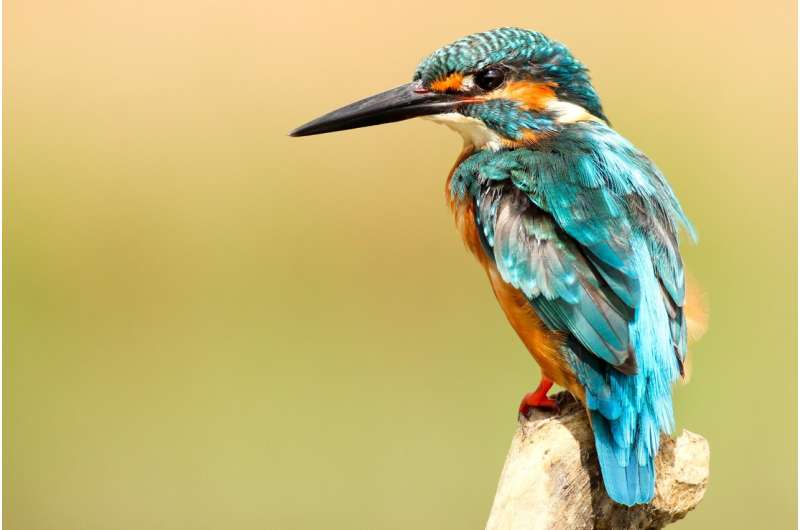
Flocks of birds can destroy up to 25% of harvested areas, both by eating the crops and by trampling young seedlings. The BIRD RELEASE (REpelLEnt Auto-SystEm) project focused on advancing the commercialisation of the AVIX Autonomic bird deterrent system. This can decrease bird nuisance by more than 70%, offering customers increased safety, profitability and sustainability.
The device at the heart of the AVIX system contains a camera which constantly scans a protected area. When birds appear, software automatically recognizes whether they are a threat to the site, and if so, flashes a laser which startles the bird, causing it to flee. The device drastically reduces bird mortality by removing the need for nets and pesticides.
Since the advent of the EU-funded project, Bird Control BV, based in the Netherlands, has continued to develop its technology and expand its customer base. They now count more than 8,000 users across more than 100 countries, mostly focused on agricultural users in North America and Australia.
But it has grown beyond simply protecting farmland, and the company has also installed devices at offshore oil and gas platforms. “Those locations are always a challenge,” says Henskes. “Our technicians need special training to access the site, and you need to bring everything you think you might need. As our technicians put it: “At sea, there is no hardware store around the corner.'” He adds that future versions of the AVIX system will boast enhanced weatherproofing to better resist the harsh maritime conditions.
The company also carried out a case study at Chicago Executive Airport in the United States. Members of the airport’s wildlife control team (employed by partner Wild Goose Chase) used a handheld version of the AVIX to more precisely manage birds near the runways. “You can imagine scaring away sitting birds while aircraft are landing is not always a good idea,” says Henskes. “You could scare away the birds into the aircraft path. Therefore the human element is important to make judgements on when to scare birds and when not to scare them.”
Now, Bird Control BV are advancing the connectivity and manufacturing efficiency of their system by removing the need for a physical SIM card and instead using a worldwide eSIM solution. Henskes adds: “EU funding was crucial to develop our second-generation laser system, and propelled our company from start-up to scale-up.”